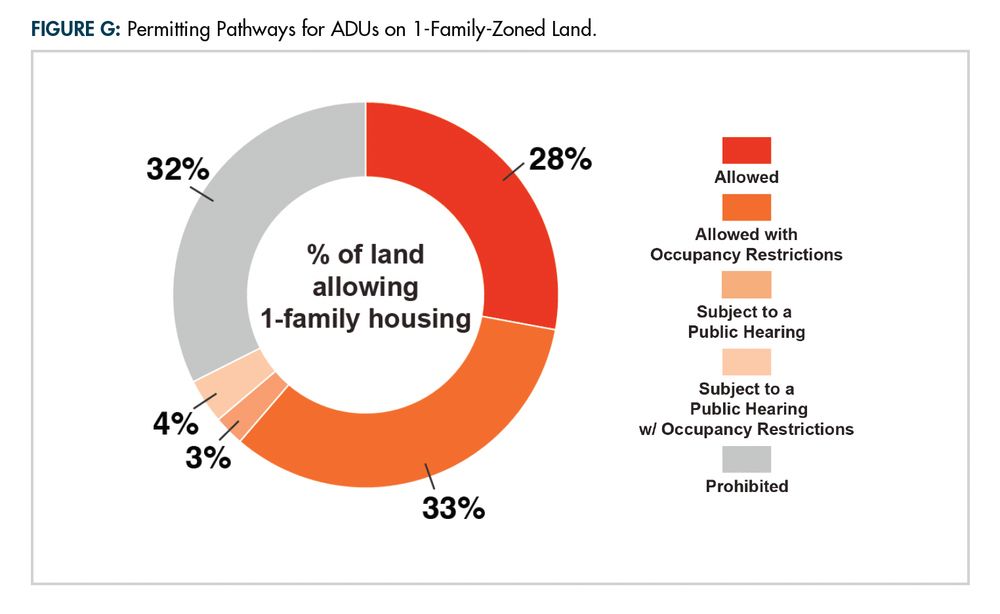
Learn more at www.zoningatlas.org/snapshots-me...

Learn more at www.zoningatlas.org/snapshots-me...
New York City has the most of any city in our database at 3,262. 🤯
New York City has the most of any city in our database at 3,262. 🤯


Register for the webinar ➡️ us06web.zoom.us/webinar/regi...

Register for the webinar ➡️ us06web.zoom.us/webinar/regi...










